Out in the cold
This year, there have been fewer protest against winter gas cuts, perhaps people have run out of energy for these.
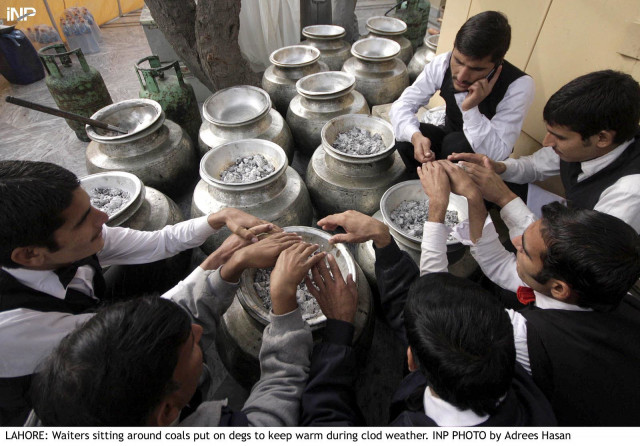
A group of servers sit around coals to keep themselves warm as the mercury plummeted in Lahore. PHOTO: INP
The picnics in bright sunshine in open parks, with citrus fruits piled high in baskets, are just a memory. Add to this an acute gas shortage and regular power cuts. The result: no possibility of cooking food, no hot water and no warm rooms.
This is the life of the wealthy or relatively wealthy. At the least, for them, liquefied petroleum gas cylinders can be purchased, food brought in from eateries or restaurants visited. Down-filled duvets cover beds and layers of clothing are available. So, too, are generators to run heating systems.
Now, let us think of the homeless and the poor. Estimates are hazy, but there are said to be several thousand permanently homeless people in Lahore alone. On each dismal winter’s night, they can be seen huddled along roadsides around tiny fires; bundles wrapped in newspaper and thin shawls sleep beneath underpasses — others on mosque floors. There are more like them in other cities of Punjab. Unlike New Delhi, where 150 basic shelters run for such persons, there are no similar facilities available in our cities and towns. We do not know if there have been deaths. They are not always reported.
The suffering of those without shelter is almost impossible to imagine but the climate affects the poor and middle class, too. Inadequate housing is an issue; for others purchasing food daily, because they cannot light stoves, eats into budgets. The problem has been especially severe this winter. But it is notable that there have been fewer protests against gas cuts. Perhaps, people have run out of the energy to stage even these.
Published in The Express Tribune, January 9th, 2013.

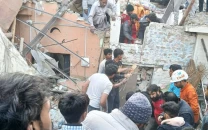

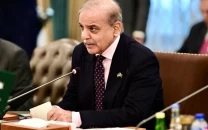
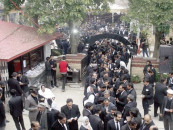
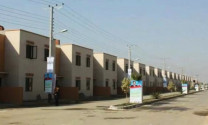
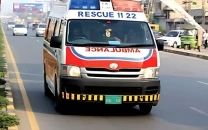
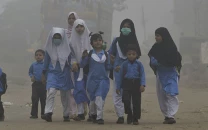



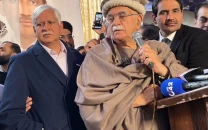

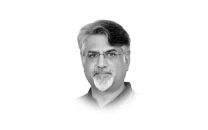

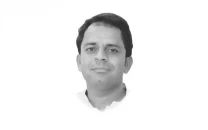


COMMENTS
Comments are moderated and generally will be posted if they are on-topic and not abusive.
For more information, please see our Comments FAQ